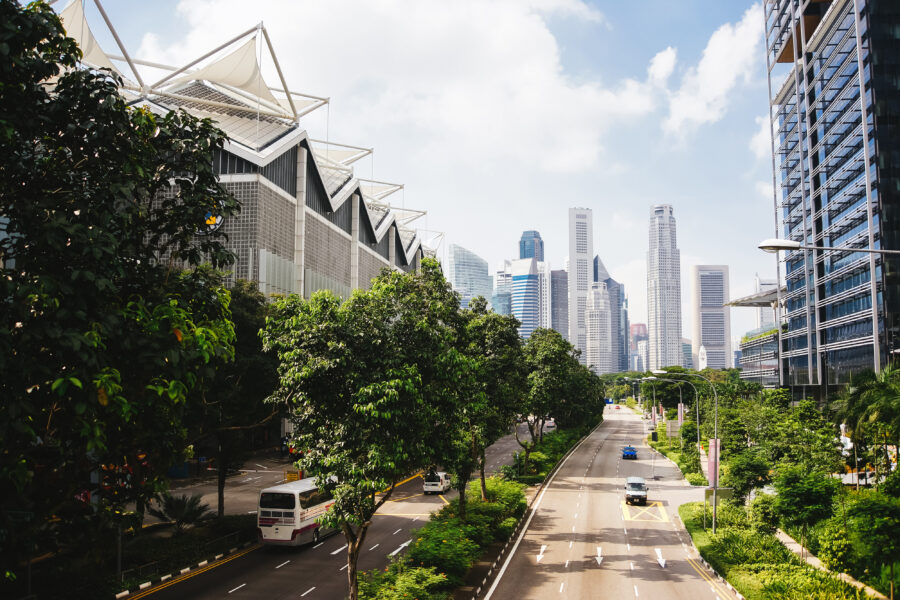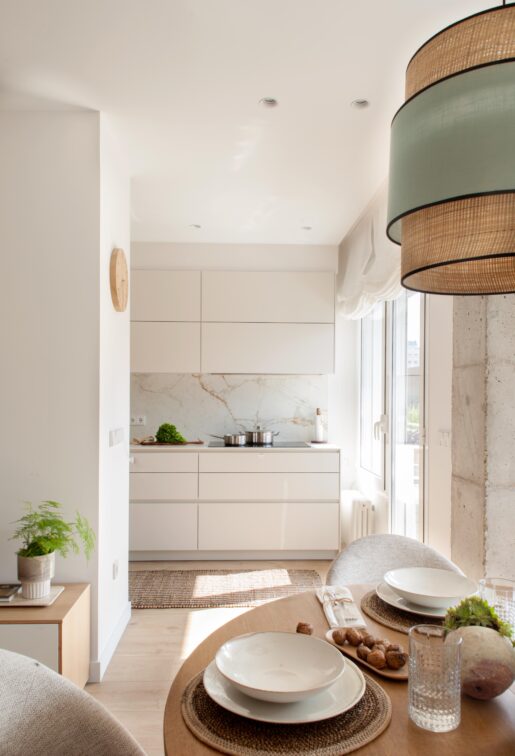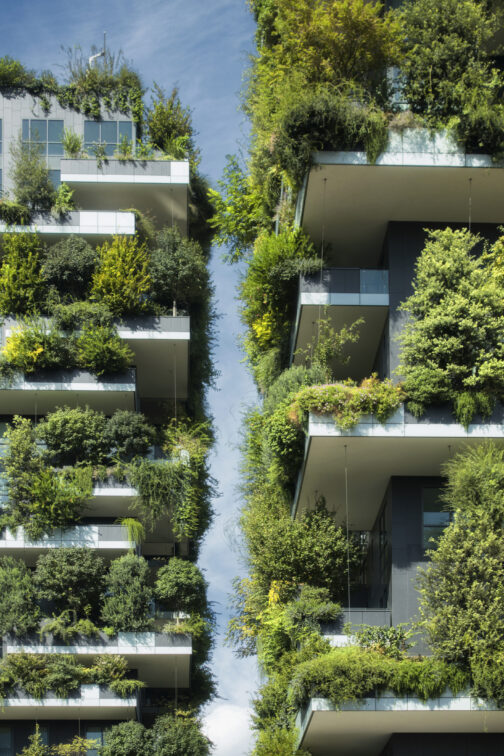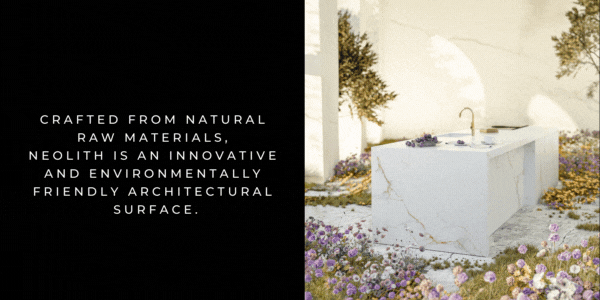Neolith: A Glimpse into Cities of the Future
As our world rapidly urbanizes, the cities of tomorrow are shaping up to be vastly different from what we’ve known. With the rise of compact urban living, micro-living spaces, and a strong emphasis on sustainability, the urban landscapes of the future promise to be both innovative and environmentally conscious.
Compact Cities for Sustainable Living
According to a Neolith trends report, by the year 2050, a staggering 70% of the world’s population will reside in urban areas. This rapid urbanization necessitates a shift towards more compact cities to accommodate the growing population while optimizing the use of limited space. One remarkable example of this trend is The Line, a futuristic desert city being built in Saudi Arabia. Spanning 170 kilometres in length but only 200 meters in width, The Line is a testament to the concept of compact urban living. With its linear architecture and absence of streets or vehicles, The Line prioritizes sustainability by minimizing carbon emissions and maximizing urban space.
Microliving: Maximizing Space, Minimizing Footprint
The density of future cities also calls for innovative solutions in interior design, giving rise to the concept of microliving. Microliving spaces are designed to be flexible and ingenious, making the most out of every square meter. These spaces integrate shared services such as laundry rooms and gardens to foster human interaction while optimizing space utilization. Interior design in microliving spaces is characterized by modularity, with multi-purpose structures that allow for customization and autonomy in design.
Greentecture: Building Sustainable Cities
Greentecture, also known as green architecture, is at the forefront of building more sustainable and habitable cities. With cities currently consuming 75% of the planet’s natural resources and contributing to 70% of global CO2 emissions, greentecture seeks to mitigate these impacts through eco-friendly building practices. By prioritizing renewable energy sources, efficient resource management, and sustainable construction materials, greentecture aims to create cities that are not only environmentally friendly but also more livable for their inhabitants.
Embracing a Sustainable Future
As we look ahead to the cities of the future, it’s clear that sustainability will be at the forefront of urban planning and design. From compact city layouts to microliving spaces and greentecture, the future of urban living is characterized by innovation, efficiency, and a commitment to preserving our planet for future generations.
Measures must be taken in view of the scarce resources and our impact on the environment must be avoided as much as possible so that we may move from being a part of the problem to a part of the solution.
If you’re interested in finding out more about what our cities of the future will be like, click here.
You might also like...
-
The Inspiring Journey of GLE interiors

A deep-seated passion for aesthetics led to the creation of GLE Interiors. Today we hear from the founder of this incredible brand – sharing the ...
-
Black Pearl Project Management: Rugiano – The Epitome of Italian Luxury Furniture

When it comes to luxury furniture, few brands capture the essence of elegance and craftsmanship like Rugiano. Known for its impeccable design and sophisticated aesthetic, ...
-
A Conversation with Thabisa Mjo of Mash T Design

Thabisa Mjo, founder and creative director of Mash T Design Studio, is known for her innovative work that seamlessly blends heritage with forward-thinking design. Her ...
-
The Art of Bold Living: Wallpaper Wonders with oLivespace’s Vanessa Frylinck

When it comes to transforming an interior into a vibrant and captivating environment, few tools are as impactful as bold wallpaper. Interior designers know that ...




























